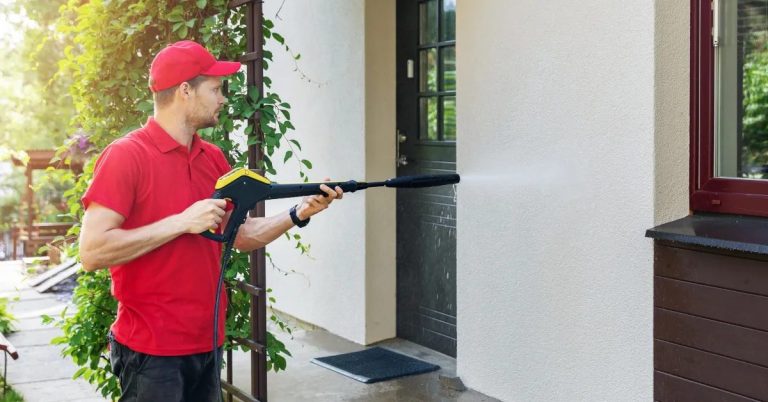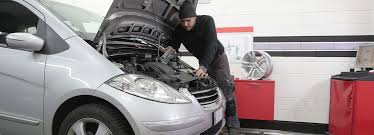Navigating High Energy Costs: Understand Your Power Bill
Grasping the intricacies of your power bill serves a dual purpose. Firstly, this understanding allows you to decipher exactly what your money is funding. More importantly, however, understanding your power bill is an essential step towards recognising opportunities for potential savings. This is incredibly important as energy costs have been continually increasing, creating financial strain on both households and businesses. A crucial aspect of financial prudence is efficient budget management, and keeping high energy costs in check is a significant element of this. This comprehensive article will examine the diverse components of energy costs while suggesting practical and effective ways to manage them.
Causes of High Energy Costs
High energy costs stem from a complex interplay of various factors. One of the leading contributors is energy market fluctuations. The energy market, like all markets, is subject to the inherently volatile law of supply and demand. For instance, whenever there’s a severe supply shortage or sudden spike in demand, energy prices are likely to increase correspondingly.
Another determinant of energy costs is seasonal variations. For example, during particularly cold winters or hot summers, a noticeable surge in energy consumption occurs as more heating or cooling systems are used. This increase in demand invariably leads to escalated energy costs.
Furthermore, specific technical factors significantly contribute to your energy bill. Of prime importance is the efficiency of your energy-producing infrastructure — less efficient systems require more power and hence, increase your expenses. There’s also the financial aspect of producing and distributing electricity, which affects end-user energy costs.
Understanding Your Power Bill Components
A power bill isn’t a monolithic figure; it’s a compilation of several components. The energy usage charges are reflective of the exact amount of power your property has consumed during the billing period. Then, there are supply charges, covering the costs of supplying electricity to your premise. These charges can vary widely, depending on an individual’s location and the operating costs of the distributor.
Furthermore, there are charges linked to eco-friendly energy initiatives, controlled load charges (discount rates applied for electricity used during off-peak hours), and demand charges. The latter is calculated based on peak energy consumption within a specific period, usually during times of high demand.
Effective Strategies to Manage High Energy Costs
Successfully managing high energy costs requires a composite approach including energy-saving habits, efficient appliance usage, and smart investments. Energy-saving practices can be simple yet effective, like unplugging idle electronic devices, not leaving lights on unnecessarily and maintaining a moderate temperature instead of extreme heating or cooling.
Switching to energy-efficient appliances can result in substantial long-term savings. These appliances use less power to perform the same tasks, significantly diminishing your energy usage and, by extension, your bills. Embedding renewable energy sources into your energy consumption habits can also lead to significant savings. For instance, solar panels can be expensive upfront but offer substantial returns over time.
Home improvements can also chip away at energy costs. These could include installing insulation to maintain temperature balance, replacing traditional light bulbs with energy-efficient ones, and regulating your use of heaters and air conditioners.
Reducing Energy Costs Through Smart Metering
A technological advancement holding the potential to revolutionise our energy consumption patterns is smart metering. By providing detailed insights into your energy consumption, smart metres offer a pathway to substantial savings. They chart out your energy usage patterns, allowing users to identify when their power consumption is at its peak and where the majority of energy is being used.
However, one should be mindful of potential smart metering errors, which can inadvertently inflate energy costs. Regular data checks can help detect and rectify these errors. Importantly, as you adapt to the routine of continuous smart metre monitoring, you’ll likely evolve better energy usage habits that contribute to savings in the long run.
How to Audit Your Home for Energy Efficiency
An effective method of identifying energy inefficiencies within your home is to conduct an energy audit. You could carry out a basic DIY audit by examining visible cracks, insulation levels, and the efficiency of your heating and cooling systems. However, a certified electrician can provide a more detailed analysis and help uncover any underlying issues contributing to high energy costs.
Professional energy auditors can identify opportunities for improvements such as sealing drafts, bolstering insulation, or upgrading outdated appliances. These enhancements lead to more than just aesthetic upgrades. They significantly contribute to creating an energy-efficient home environment, offering substantial cost savings potential.
Conclusion
Understanding every aspect of your power bill is an empowering step toward navigating high energy costs. Beyond learning what is costing you, the knowledge offers the opportunity to identify patterns and devise efficient strategies to mitigate expenses. It’s an invitation to take charge of your energy costs—not just to relieve some pressure off your wallet, but also to play your part in creating a more sustainable future.
To continue on this journey of energy cost management, explore available resources on energy savings techniques, energy audits, and smart metering. Remember, in the realm of energy consumption management, knowledge truly is power.







